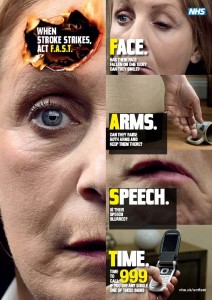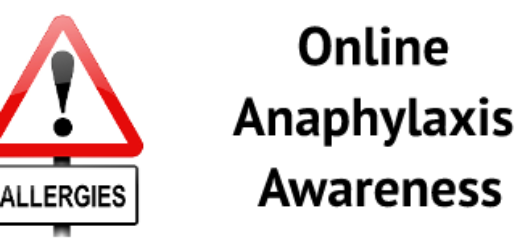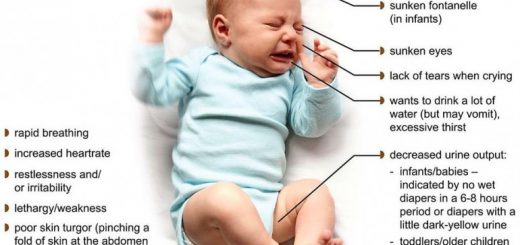Stroke assessment for first aiders and first responders
A stroke is a medical emergency which occurs when the blood supply to the brain is disrupted (either by a blood clot or bleed into the brain).
Assessment of patients believed to be having a stroke starts with the primary survey – patients may have airway and breathing problems, such as paralysis of the muscles of the face, throat, tongue and mouth or abnormal respiratory patterns (for example, Cheyne-Stokes) or be deeply comatose and levels of consciousness may vary from alert to unresponsive.
Assessment of blood glucose level is advisable, if authorised, as hypoglycaemia (low blood sugar) may present with signs and symptoms similar to a stroke and is easily correctable.
If there are no time critical features present, perform a secondary survey, including:
- Assessing blood pressure, as in the early stages it is often markedly raised;
- Assess Glasgow Coma Score on the unaffected side;
- Assess limb power and sensation, there may be sensory impairment with numbness or ‘pins and needles’ down the affected side;
- Assess for the presence of speech abnormality, either dysarthria (slurred speech) or dysphasia (problems speaking or with the understanding of speech); and
- Assess for sudden onset of weakness of the face and arm, as when combined with speech abnormality, stroke is the most likely diagnosis.
By assessing speech disturbance and weakness in the face and arms, first aiders can quickly and accurately identify patients likely to be having a stroke. The FAST (Face Arm Speech Test) assessment is believed to be sufficiently reliable to use as a stroke diagnostic tool for pre-hospital diagnosis as 80 per cent of all strokes will demonstrate these three features.
During the weeks and months following a stroke many partially-damaged cells recover and start to work again. Meanwhile, other unaffected parts of the brain take over jobs that were previously performed by the brain cells which were destroyed.
The length of time it takes to recover varies widely from person to person. It is common to have an initial spurt of recovery in the first few weeks after the stroke as the brain settles down. As a rule, a majority of recovery often takes place during the first year to 18 months, but many people continue to improve over a much longer period.






Not eating well or stroke or feeling dizzy might lead to fainting